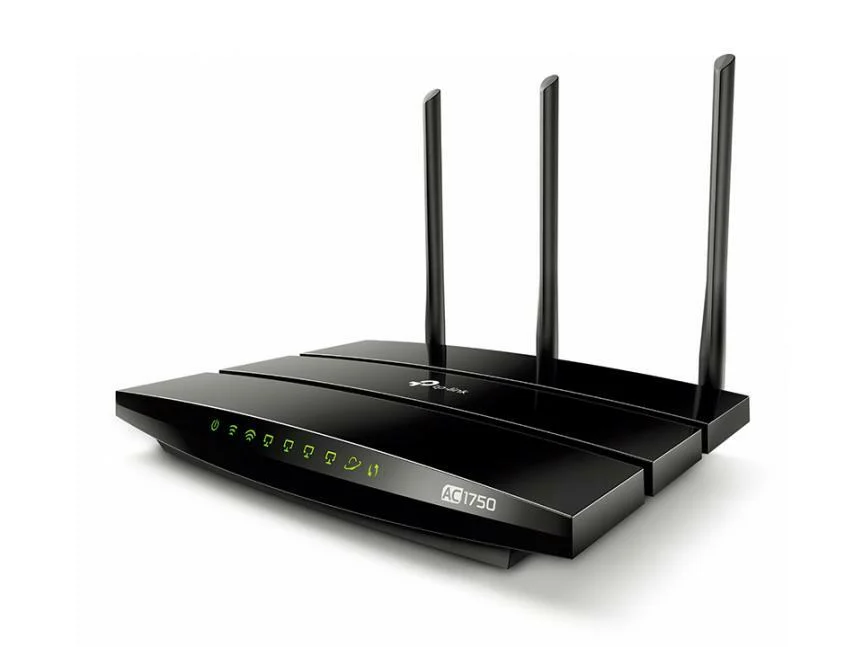Understanding Fiber Optics: Fiber optics is a technology that involves transmitting information over optical fibers. These fibers are extremely thin glass or plastic threads that are capable of transmitting data through light. They are widely used in modern telecommunications and are considered to be one of the most important technological advancements in recent history.
In this article, we will provide a comprehensive overview of fiber optics and optical fibers. We will explain how they work, their key advantages, and applications, and discuss some of the key challenges and limitations of this technology.
What are Optical Fibers?
An optical fiber is a flexible, transparent fiber made of glass or plastic that is capable of transmitting data over long distances through light. They are extremely thin, typically measuring only a few thousandths of an inch in diameter. The core of the fiber is made of a glass material with a high refractive index, which allows it to carry light over long distances. The cladding, which surrounds the core, is made of a material with a lower refractive index that helps to reflect light back into the core.
How Do Optical Fibers Work?
Optical fibers work by transmitting data through light. The data is encoded into pulses of light, which are transmitted through the fiber. The light travels through the fiber due to total internal reflection, which occurs when light encounters a surface between two media with different refractive indices. The light is reflected back into the core, allowing it to travel over long distances without being absorbed or scattered.
The signal transmitted through the fiber is transformed back into an electrical signal at the receiver end, allowing it to be processed by electronic equipment. The signal remains stable over long distances due to the high bandwidth of optical fibers and their low signal attenuation.
Advantages of Optical Fibers
Optical fibers offer several key advantages over traditional copper cables. They are:
- Immune to Electromagnetic Interference (EMI): Optical fibers are immune to EMI, which makes them ideal for use in environments where there is a lot of electrical noise, such as power plants, oil rigs, and industrial sites.
- High Bandwidth: Optical fibers have a high bandwidth, which means they are capable of transmitting large amounts of data over long distances.
- Lightweight and Flexible: Optical fibers are lightweight and flexible, making them easy to install and handle.
- Secure: Optical fibers are more secure than traditional copper cables, as they are difficult to tap or interfere with.
- Low Signal Attenuation: Optical fibers have low signal attenuation, which means that the signal remains stable over long distances.
Applications of Optical Fibers
Optical fibers are widely used in a range of applications, including:
- Telecommunications: Optical fibers are used in telecommunications networks to transmit voice, data, and video over long distances.
- Broadcasting: Optical fibers are used in broadcasting to transmit audio and video signals between studios and transmitters.
- Medicine: Optical fibers are used in medicine for diagnostic and therapeutic purposes, such as endoscopy, fiber-optic sensors, and fiber-optic illuminators.
- Industrial: Optical fibers are used in industrial applications, such as fiber-optic sensors, fiber-optic lighting, and fiber-optic communication.
Challenges and Limitations of Optical Fibers
Despite their many advantages, optical fibers have several challenges and limitations. Some of the key challenges include:
- High Cost: Optical fibers are more expensive than traditional copper cables, which can make them more difficult to install and maintain.
- Installation Difficulty: Optical fibers can be difficult
- to install in certain environments, particularly in harsh or remote areas where access is limited.
- Fragility: Optical fibers are fragile and can be easily damaged if not handled carefully during installation. This can result in costly repairs and downtime.
- Limited Bandwidth: Although optical fibers have a high bandwidth compared to traditional copper cables, there are still limitations to the amount of data that can be transmitted over a single fiber.
- Wavelength Limitations: Optical fibers have wavelength limitations, which means that only certain wavelengths of light can be transmitted through the fiber. This can limit the amount of data that can be transmitted and the speed at which it can be transmitted.
Conclusion
In conclusion, fiber optics and optical fibers are a critical technology in modern telecommunications and are used in a wide range of applications. They offer several key advantages over traditional copper cables, including high bandwidth, immunity to EMI, and low signal attenuation. However, they also have several challenges and limitations, including high cost, installation difficulty, and fragility. Despite these limitations, optical fibers continue to be an important technology for transmitting data over long distances and will likely play a significant role in the future of telecommunications.



